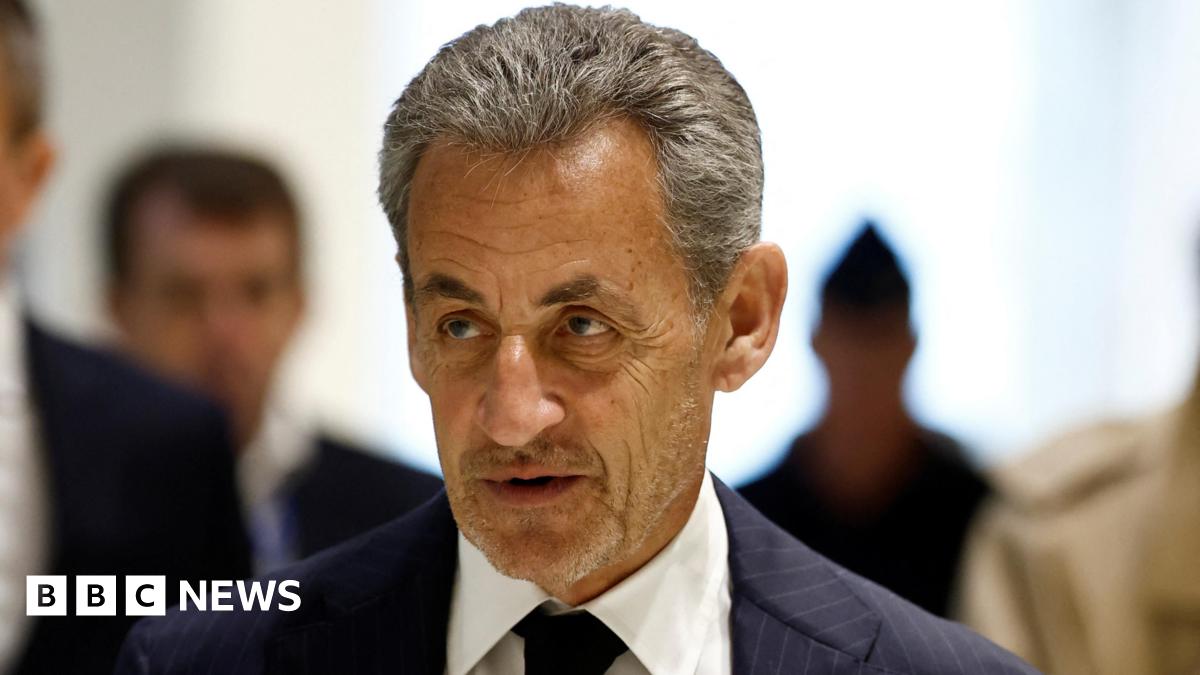Ukraine has resumed its offensive in Russia’s neighboring Kursk region, which has been partially controlled by Kyiv after a ground offensive last August.
It was not immediately clear how much Ukraine had advanced in the region, but pro-Kremlin military bloggers reported earlier that a powerful new offensive was underway.
Here’s a look at everything we know based on what military analysts and bloggers are saying:
What is happening in Kursk?
Russia said Sunday that Ukraine had intensified the offensive in Kursk, adding that Kyiv used a dozen armored vehicles and a demolition unit in the assault. It said Kyiv's efforts were directed at the village of Berdin about 15 kilometers northeast of the town of Sudzha, which Ukraine captured in August 2024.
The U.S.-based Institute for the Study of War (ISW) said citing Russian military bloggers that Kyiv’s forces launched assaults in the Berdin-Novosotnitsky direction (northeast of Sudzha), in the direction of Leonidovo and near Pushkarnoye (east of Sudzha).
NEW: Ukrainian forces resumed offensive operations in at least three areas within the Ukrainian salient in Kursk Oblast and made tactical advances on January 5. (1/3) pic.twitter.com/WFLEhLH5eY
— Institute for the Study of War (@TheStudyofWar) January 6, 2025The Russian Defense Ministry said late Sunday that it “continued to defeat Ukrainian Armed Forces units in the Kursk region.”
It said up to 340 Ukrainian military personnel had been killed in the past 24 hours.
Russian forces claimed to have destroyed a substantial amount of Ukrainian equipment, including four tanks, three infantry fighting vehicles, four armored personnel carriers, 12 combat armored vehicles, one mine-clearing vehicle, 20 vehicles and five mortars.
The ISW also said that Russian forces had advanced southeast of Sudzha and counterattacked against Ukraine southeast of Korenevo and north of Sudzha on Sunday.
According to the ISW, “Russian sources expressed concern about the Russian military's ability to react to Ukraine's ongoing combined arms efforts to integrate electronic warfare and long-range strike capabilities with ground operations.”
Pro-Kremlin military bloggers acknowledged the Russian army had come under pressure but said Moscow was fighting back.
Rybar, an influential pro-Russian military blog on Telegram, said late Sunday that "despite all the attacks, the Ukrainian Armed Forces were unable to make significant progress."
"Nothing happened overnight, the enemy is moving around in Sudzha, pulling reserves. We think there will be a second attempt soon. The situation at the front near Sverdlikovo and Lebedevka remains tense," the pro-war Telegram channel Starshe Eddy wrote on Monday morning.
"Active assaults have been recorded along the forest belts, where the Russian Armed Forces are actively using aviation, artillery and UAVs. Despite heavy losses, the enemy shows no intention of retreating and is bringing in new reserves, indicating their resilience and desire to continue fighting," Starshe Eddy continued. "However, our forces are showing resilience and return fire, seriously countering the enemy's attempts to test the front."
A number of Russian channels say that Ukraine has began an offensive operation from near Sudzha towards Bolshoye Soldatskoye in Kursk oblast with armored vehicles. They say Ukrainian EW has been effective against their UAVs and that Ukrainian units cleared mines overnight.… pic.twitter.com/jfllbH9kpj
— Rob Lee (@RALee85) January 5, 2025Since the incursion, thousands have been evacuated from Kursk and are still displaced, while many others remain stranded in areas controlled by Kyiv.
Acting Kursk region Governor Alexander Khinshtein on Sunday urged residents to avoid returning to settlements in the so-called "gray zone" as it remained unsafe.
Where did things stand before the renewed offensive?
Kyiv seized dozens of villages in the Kursk region shortly after its incursion started on Aug. 6, 2024, marking the first time since World War II that foreign troops have occupied Russian territory.
Its advances stalled after Moscow rushed reinforcements to the area, including thousands of troops from its ally North Korea.
But it has held on to the town of Sudzha — the site of a key natural gas transit point on a pipeline bringing Russian gas to Europe via Ukraine — since early in the incursion.
As of November, Ukraine controlled 800 square kilometers of the Russian border region, down from previous claims it controlled almost 1,400 square kilometers, according to a Ukrainian army source to AFP.
Why now?
The assault comes at a critical juncture in the nearly three-year war, with both sides seeking to strengthen their negotiating hand ahead of U.S. President-elect Donald Trump's return to the White House on Jan. 20.
Ukrainian President Volodymyr Zelensky said last year the Kursk operation had boosted Kyiv's "exchange fund" — its negotiating position on swapping prisoners of war — and diverted tens of thousands of Russian troops away from the eastern front.
He said Saturday evening that "up to a battalion of North Korean infantry soldiers and Russian airborne troops" had been lost in battles in the Kursk region on that day and the day before.
Yet the ISW said Russian military bloggers expressed concern "that the renewed Ukrainian effort in the Kursk region may be a diversionary effort and claimed that it is too early to determine whether these operations in Kursk could be part of a future main effort."
AFP contributed reporting.
A Message from The Moscow Times:
Dear readers,
We are facing unprecedented challenges. Russia's Prosecutor General's Office has designated The Moscow Times as an "undesirable" organization, criminalizing our work and putting our staff at risk of prosecution. This follows our earlier unjust labeling as a "foreign agent."
These actions are direct attempts to silence independent journalism in Russia. The authorities claim our work "discredits the decisions of the Russian leadership." We see things differently: we strive to provide accurate, unbiased reporting on Russia.
We, the journalists of The Moscow Times, refuse to be silenced. But to continue our work, we need your help.
Your support, no matter how small, makes a world of difference. If you can, please support us monthly starting from just $2. It's quick to set up, and every contribution makes a significant impact.
By supporting The Moscow Times, you're defending open, independent journalism in the face of repression. Thank you for standing with us.
Continue
![]()
Not ready to support today?
Remind me later.
.png)
 1 day ago
3
1 day ago
3



/cdn.vox-cdn.com/uploads/chorus_asset/file/25515570/minesweeper_netflix_screenshot.jpg)




 English (US) ·
English (US) ·